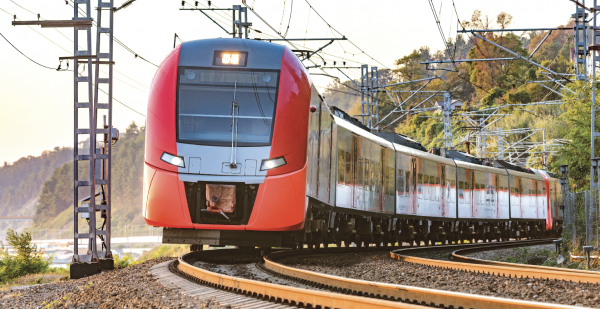Is It Time to Rethink Open Loop Hydraulics in Agriculture Machines?
By David Schulte, P.E., Senior Systems Engineer, Parker Hannifin

Is it time to rethink open loop hydraulics in agriculture machines? I think so, because OEMs can reduce the cost of harvesting machines used in agriculture with overcenter intelligent flow control (IFC) architecture.
Closed loop hydraulic systems are commonly used for rotary functions. They provide a simple solution without additional valving, but they can be very expensive when compared to open loop hydraulics. Certain applications use closed loop systems, but they may be over specified. In these applications, a partial overcenter solution may be worth considering.
OEMs can reduce the costs of harvesting machines using the overcenter IFC architecture. This concept uses lower-cost open loop pumps and optimizes the machine’s other existing pumps to achieve the same machine functionality. The reason this architecture seems to be suited for harvesting machines is that typically, when harvesting functions are reversed to clear a blockage, other pumps are available to provide flow for reversing the harvesting function. This is true in combines, sugarcane harvesters, and other specialty harvesters. But not all systems are designed the same.
Typical harvesting duty cycles
To see why these machines are an attractive application, think about the typical harvesting duty cycles. Reversing applications are rare and typically do not require full flow. Reversing is also a low-duty cycle, sometimes less than 5% of the overall duty cycle. Typical operating pressures in normal conditions tend to be low, only reaching a continuous pressure rating of the designed components under rare conditions in some applications.
Harvester architecture considerations

Overcenter IFC architecture.
When we design a hydraulic system, we typically ask ourselves questions about the functionality of the machine. In terms of pumps, we investigate how pumps can be used better. For example, in the event of a function reversal, cleaning functions are typically turned off or idle. Can the flow from these functions be redirected?
We also investigate what happens when clearing a blockage. We found that the heat rejection requirements reduce as the machine comes to a stop to address the blockage. The question then becomes, can flow be diverted from a cooling system momentarily to provide the reversal?
The overcenter IFC architecture uses an overcenter open loop pump in conjunction with a reversing valve and one additional flow source. This unique design works well in systems that tend to operate in a primary direction most of the time and only need to reverse direction for small isolated duty cycles.
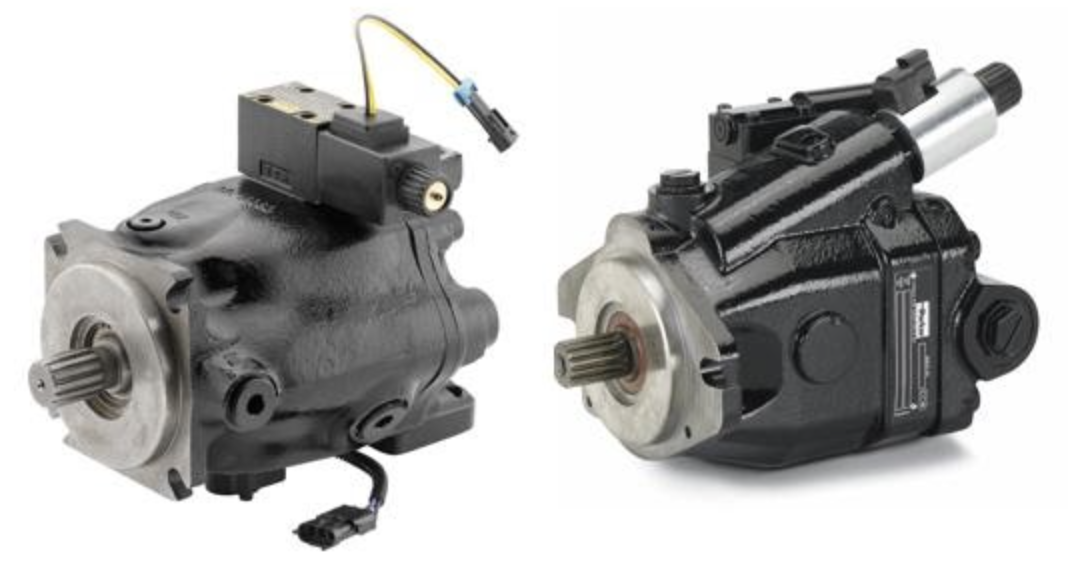
Left: P1 open loop overcenter pump. Right: P1M pump.
Cleaning fan and feeder system
The diagrams below compare a traditional system to the overcenter IFC system. First, we explore the harvesting duty cycle. A traditional system may consist of a closed loop crop conveyance function and an open loop cleaning function. During a reversal, the cleaning function is turned off while the closed loop changes direction to clear a blockage.
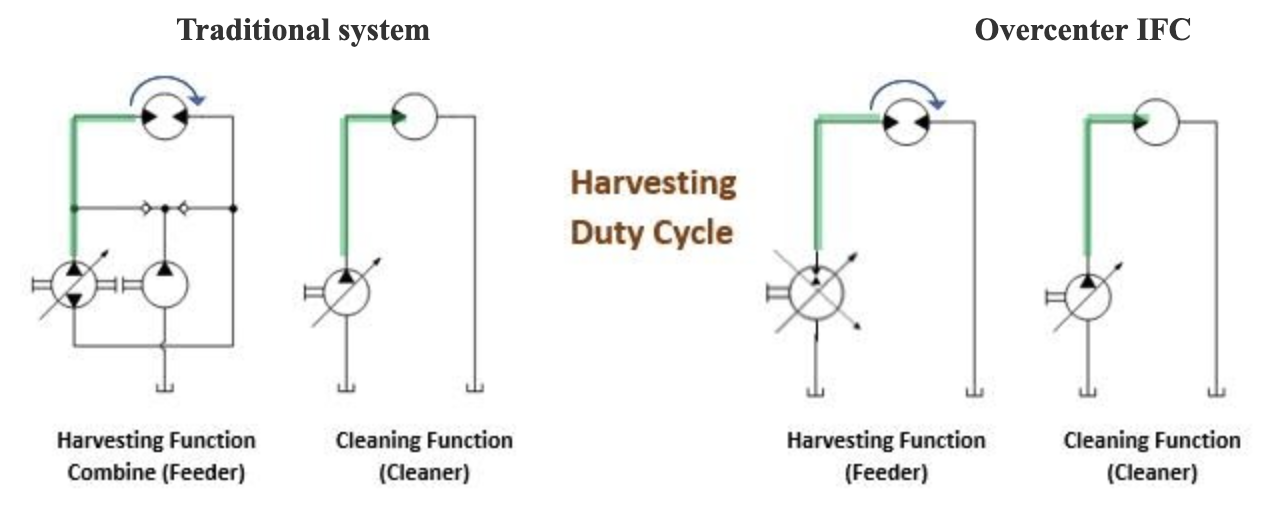
Using the overcenter IFC system, flow from the cleaning function is diverted to the blocked motor. The flow then returns to tank by driving the crop conveyance pump overcenter.
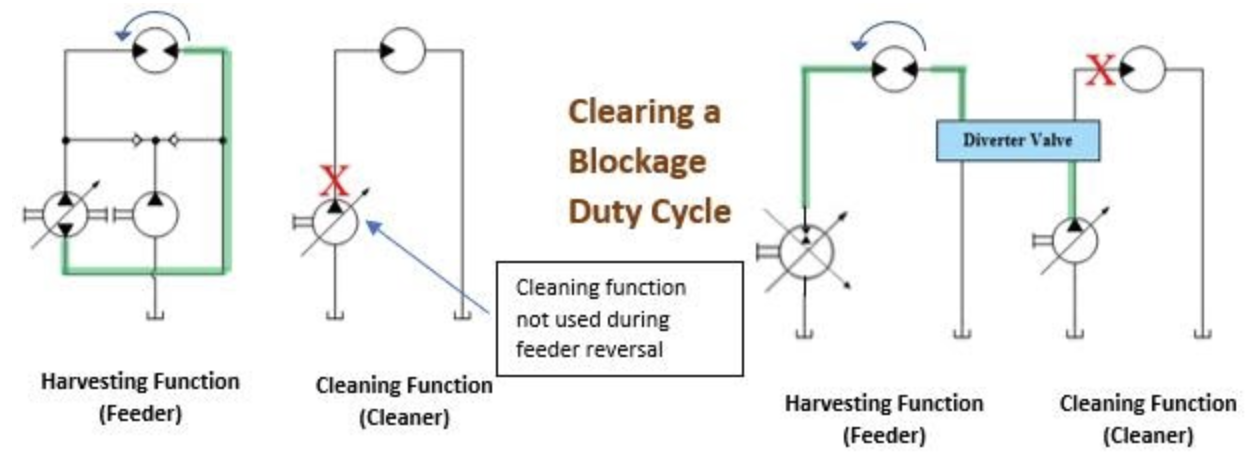
Direction control
Because the pump provides proportional control, valves simply provide direction change, assuming directional control is needed. When designing these systems, pressure drop through a directional valve must be considered. High-pressure drop can lead to excess heat and may reduce system performance.
Parker has designed custom low-pressure drop manifolds that can be integrated into existing manifolds or mounted as a stand-alone component. These directional cartridges and manifolds are designed for high flow while maintaining pressure drop. The target is to be no more parasitic than a charge system.

Overcenter IFC reversing valve total pressure drop A–>B, B–>T
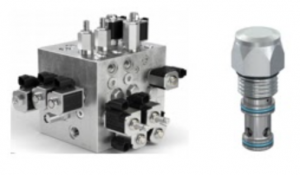
R08E3
The R08E3 cartridge provides simple reliable directional flow control at 300 lpm (79 gpm) while maintaining pressure drop at or below 3 bar (43.5 psi). The R08E3 is also pressure rated to 420 bar (6,091 psi) for high-pressure systems.
Overcenter IFC compared to closed loop
There are three main reasons why the overcenter IFC is superior. The first is cost. The closed loop systems tend to be more expensive than open loop systems. The second is that the system reduces complexity. There is no longer a need for a charge filter, and there is no need for a flushing valve in the system. And finally, the system may provide superior efficiency. It eliminates charge losses, although valve-pressure drop should be considered and minimized.
In many applications, there are cost and system simplification advantages to the overcenter IFC concept. While it is not applicable to all systems, OEMs should consider the Parker overcenter IFC system during machine architecture redesign.





